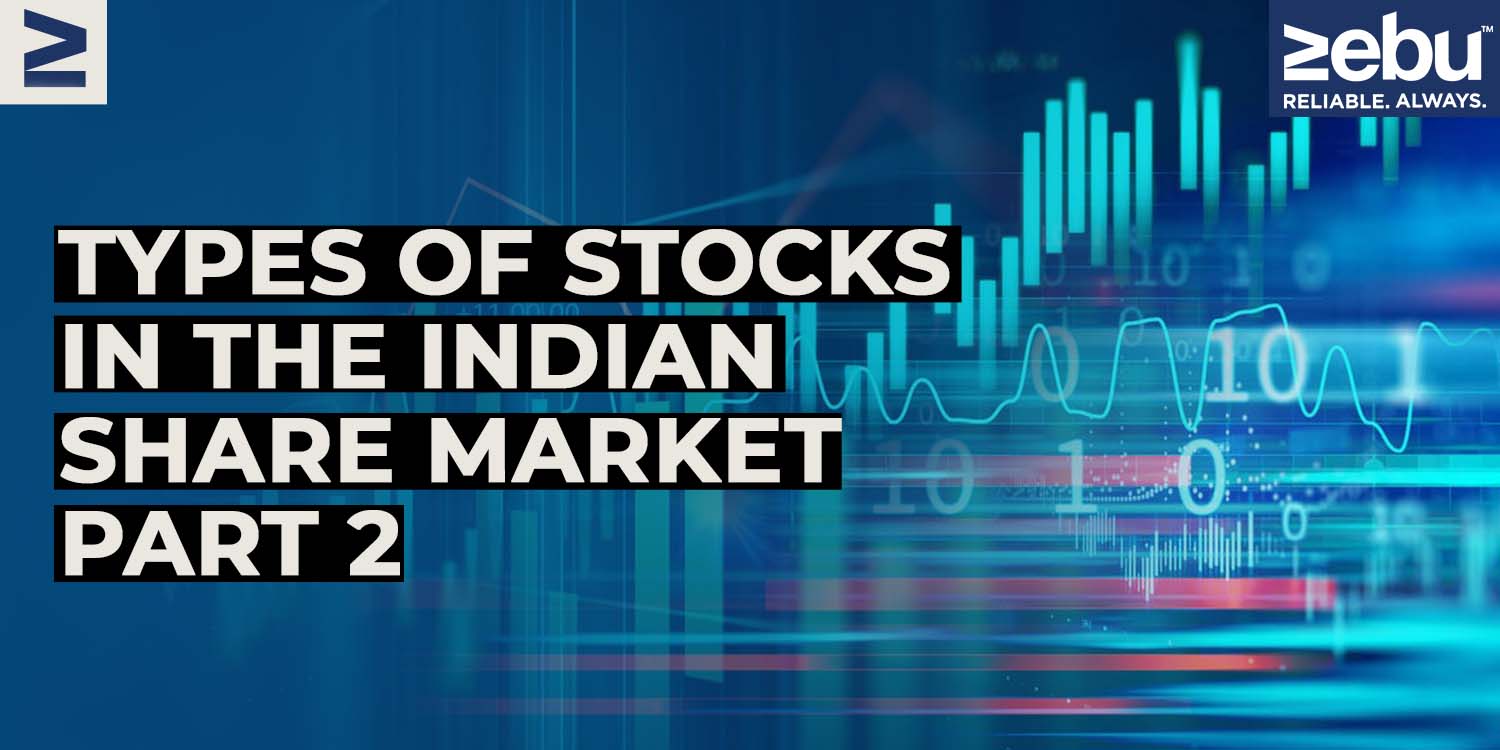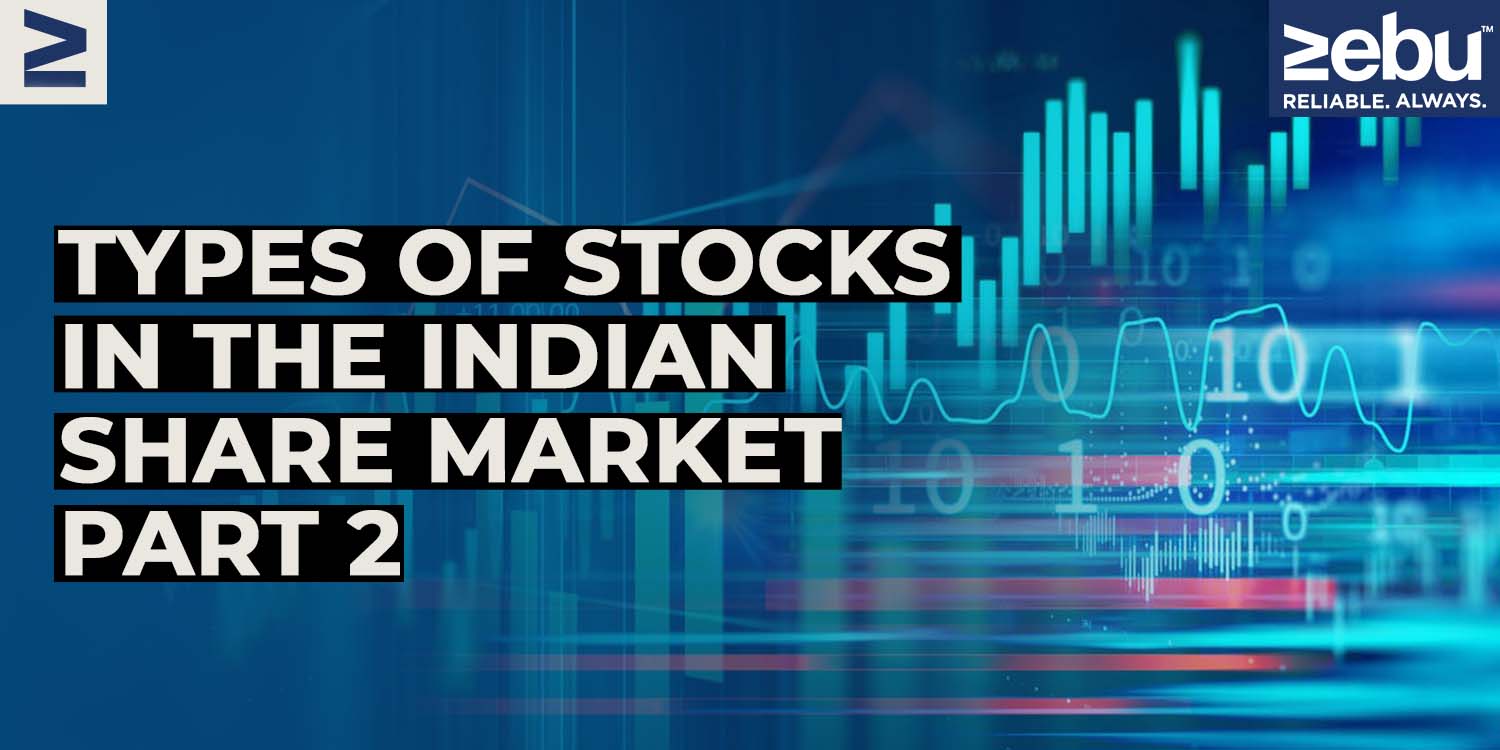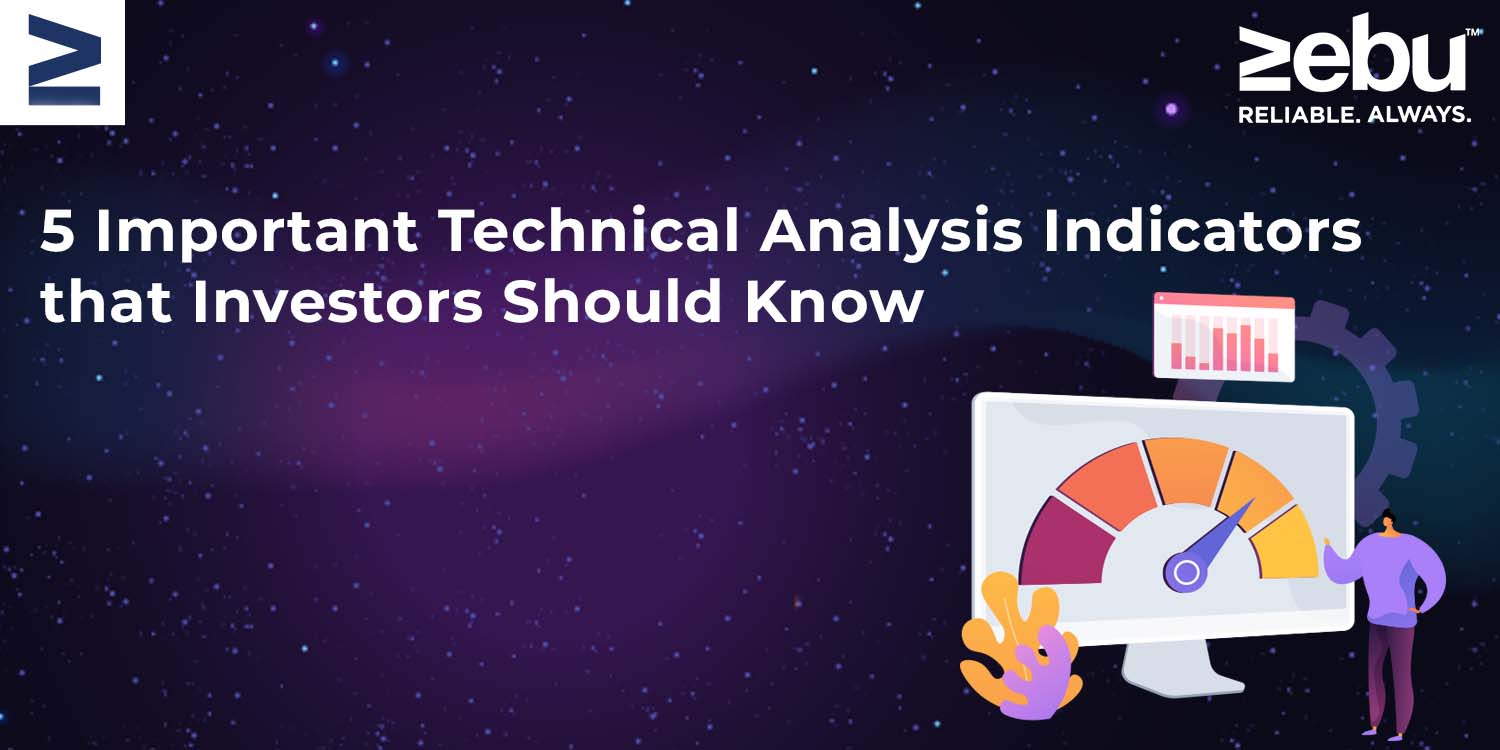
You must recall your first bike ride. That is the kind of encounter you will never forget. But, while you were enjoying the ride, there is always that one kid nearby who clearly wished he hadn’t had to go through the horrible experience.
So, while you were ready to accept the risk of riding a bike, your friend would have preferred to stand back and observe. Similarly, some people may be more willing to accept risks than others when it comes to investing. And your risk profile indicates how much risk you are willing to face when investing.
Risk Profile
Everyone has different financial objectives in life. That is, your risk tolerance is determined by your financial ambitions as well as your existing financial health.
Let’s have a look at the various risk profile groups. There are three major kinds –
The careful investor – this means that you want to take a low risk.
The average risk-taker – this indicates that you are willing to take a small level of loss in exchange for higher returns.
The aggressive risk-taker – this indicates that you are willing to take on more risk in exchange for a higher potential return.
However, you are not required to fit within any of the categories. Depending on your investment objectives, you can choose to participate in all of them.
Consider the following example.
When it comes to keeping an emergency fund, you want to invest in something that will provide you with security and liquidity rather than large profits. In that instance, you choose a low risk, low return profile, showing that you are cautious.
However, if your financial goal is retirement, which could be 25 years away, you can be an aggressive investor. This is because you want to earn a good return over a long period of time. In this case, the high profits would be directly proportional to the risk. Furthermore, because your investment horizon is decades away, risks can be handled in the long run.
Start by taking care of emergency funds and investments with low-risk investment options. Then, move on to the funds needed for your children’s education and retirement. Next, adjust your risk appetite to invest in stocks building your wealth.
You can control investment risks in two ways:
Invest for the long term.
Regularly invest little sums.
Some investors try to outperform the market in a relatively short period of time. However, history has shown that short-term investments do not generate the same level of return as long-term ones. Long-term investment works because bull and bear markets provide wonderful opportunities to ride through the highs and lows of cycles while investing in high-return, high-yielding assets.
Investing in smaller quantities allows you to benefit from rupee cost averaging. This technique ensures that you purchase more shares (or units) when prices are low and less shares (or units) when prices are high. As a result, you can average out your investment costs and deal with market volatility.
Furthermore, adopting a disciplined approach, such as investing little sums on a regular basis, helps create excellent financial habits that will undoubtedly come in helpful in the long term.
Investing tiny amounts over time might help your investments develop. All owing to the compounding power. Earnings from stock investments are reinvested, allowing your investments to generate even greater income. So, even if you start with a tiny amount, the longer your money stays invested, the greater the chance for growth and compounding.
But did you know that you may utilise both of these methods to reduce risk in high-risk investments?
Here’s how it works:
If you have a substantial money to invest in a high-risk investment, consider putting it in a low-risk investment vehicle such as a debt fund. You can then gradually transfer tiny amounts of money from that fund to a high-risk investment vehicle.
For example, if you wish to invest Rs. 10 lakhs in equities stocks or funds, you can put Rs. 1 lakh into equity stocks or funds in the first month and the remainder in a short-term debt fund.
The remaining funds can then be transferred in small increments over the next few months.
This way, you may manage market volatility while still earning high long-term profits.








